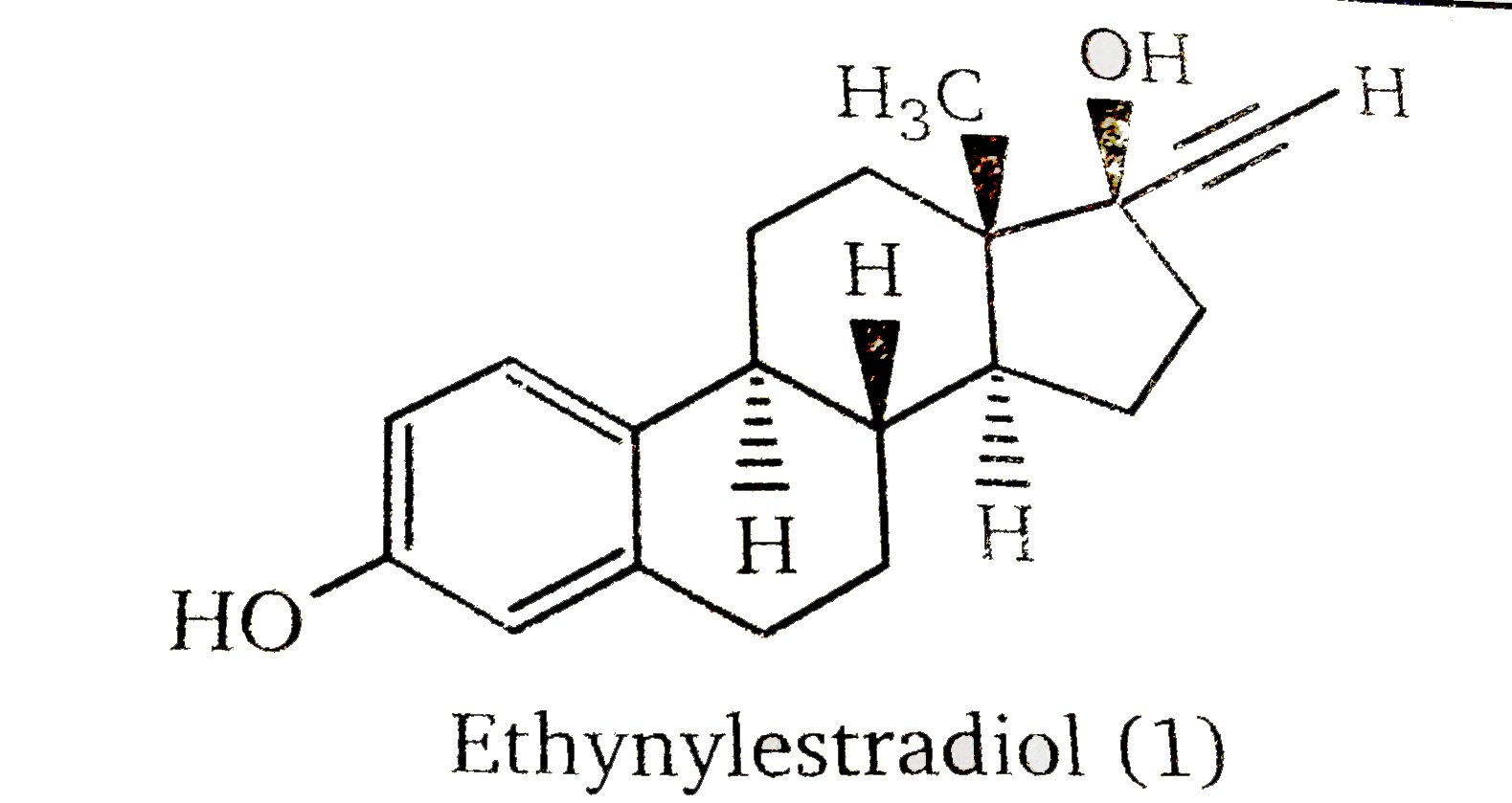Select correct code :-
(a) In (BeH2)n all bond's are 3c - 2e.
(b) In (B2H6), all H-atom are present in a plane
(c) In I2Cl6, I-Atom sp3d2 hybridised
(d) In C2H6, C-atom used vacant orbital in a hybridisation
T F T T
F T T F
T F T F
T T T T
The correct Answer is:C
To solve the question, we need to evaluate each statement one by one and determine whether they are true or false.
1. Evaluate Statement (a):
- Statement: In (BeH2)n, all bonds are 3c - 2e.
- Analysis: The structure of beryllium hydride, (BeH2), involves 3-center 2-electron (3c-2e) bonds. In (BeH2)n, beryllium shares its electrons with three centers (two hydrogen atoms and one beryllium atom). Thus, this statement is true.
2. Evaluate Statement (b):
- Statement: In (B2H6), all H-atoms are present in a plane.
- Analysis: In the structure of diborane (B2H6), there are terminal hydrogen atoms that are in the same plane, but the bridging hydrogen atoms are not in the same plane. Therefore, this statement is false.
3. Evaluate Statement (c):
- Statement: In I2Cl6, I-atom is sp3d2 hybridised.
- Analysis: In I2Cl6, iodine has 4 bond pairs and 2 lone pairs, which corresponds to an sp3d2 hybridization. Therefore, this statement is true.
4. Evaluate Statement (d):
- Statement: In C2H6, C-atom used vacant orbital in a hybridisation.
- Analysis: In ethane (C2H6), the carbon atoms use their own s and p orbitals for hybridization to form sp3 hybridization. There are no vacant orbitals used in this process. Therefore, this statement is false.
Summary of Evaluations:
- (a) True
- (b) False
- (c) True
- (d) False
Final Answer:
The correct code is 3 (True, False, True, False).
- Statement: In (BeH2)n, all bonds are 3c - 2e.
- Analysis: The structure of beryllium hydride, (BeH2), involves 3-center 2-electron (3c-2e) bonds. In (BeH2)n, beryllium shares its electrons with three centers (two hydrogen atoms and one beryllium atom). Thus, this statement is true.
- Statement: In (B2H6), all H-atoms are present in a plane.
- Analysis: In the structure of diborane (B2H6), there are terminal hydrogen atoms that are in the same plane, but the bridging hydrogen atoms are not in the same plane. Therefore, this statement is false.
- Statement: In I2Cl6, I-atom is sp3d2 hybridised.
- Analysis: In I2Cl6, iodine has 4 bond pairs and 2 lone pairs, which corresponds to an sp3d2 hybridization. Therefore, this statement is true.
- Statement: In C2H6, C-atom used vacant orbital in a hybridisation.
- Analysis: In ethane (C2H6), the carbon atoms use their own s and p orbitals for hybridization to form sp3 hybridization. There are no vacant orbitals used in this process. Therefore, this statement is false.
- (a) True
- (b) False
- (c) True
- (d) False
The correct code is 3 (True, False, True, False).
Topper's Solved these Questions
Similar Questions
Knowledge Check
All carbon atoms sp2 hybridised in
A1,3-butadineBCH2=C=CH2CCyclohexaneD2-buteneAll carbon atoms are sp2 hybridised in
ACH2=C=CH2B1, 3- butadieneCCH≡C−C≡CHDCyclohexaneHybridisation of carbon in C2H6 is
AspBsp2Csp3DNone of these
In CH2=C=CH2, all the carbon atoms are sp2 hybridised.
View Solution
The synthetic steroid ethynylestradiol (1) is a compound used in the birth control pill.
A. How many sp3 hybridised carbon atoms are present in compound (1) ?
(a) 8 (b) 9 (c ) 10 (d) 11 (e ) 12
B. Hiow many sp2 hybridised carbon atoms are present in compound (1) ?
(a) 4 (b) 5 (c ) 6 (d) 7 (e ) 8
C. How many sp hybridised carbon atoms are present in compound (1) ?
(a) 2 (b) 4 (c ) 6 (d) 8 (e ) 10
D. Which of the following functional group is contained in compound (1) ?
(a) A ketone (b) An alcohol (c ) A carboxylic acid (d) An ester
E. How many asymmetric (stereogenic) centres are present in compound (1) ?
(a) 2 (b) 3 (c ) 4 (d) 5
View SolutionAll carbon atoms are sp2-hybridised in:
View SolutionA : In Diborane containing eight -B-H bonds only four B-H bonds are on the plane .
R : Boron in B2H6 is sp2 hybridised .
View SolutionAssertion :In ch2=c=ch2 all the carbon atmos are sp2 hybridised. Reason: All the hydrpogen atoms lie in one plane
View Solution